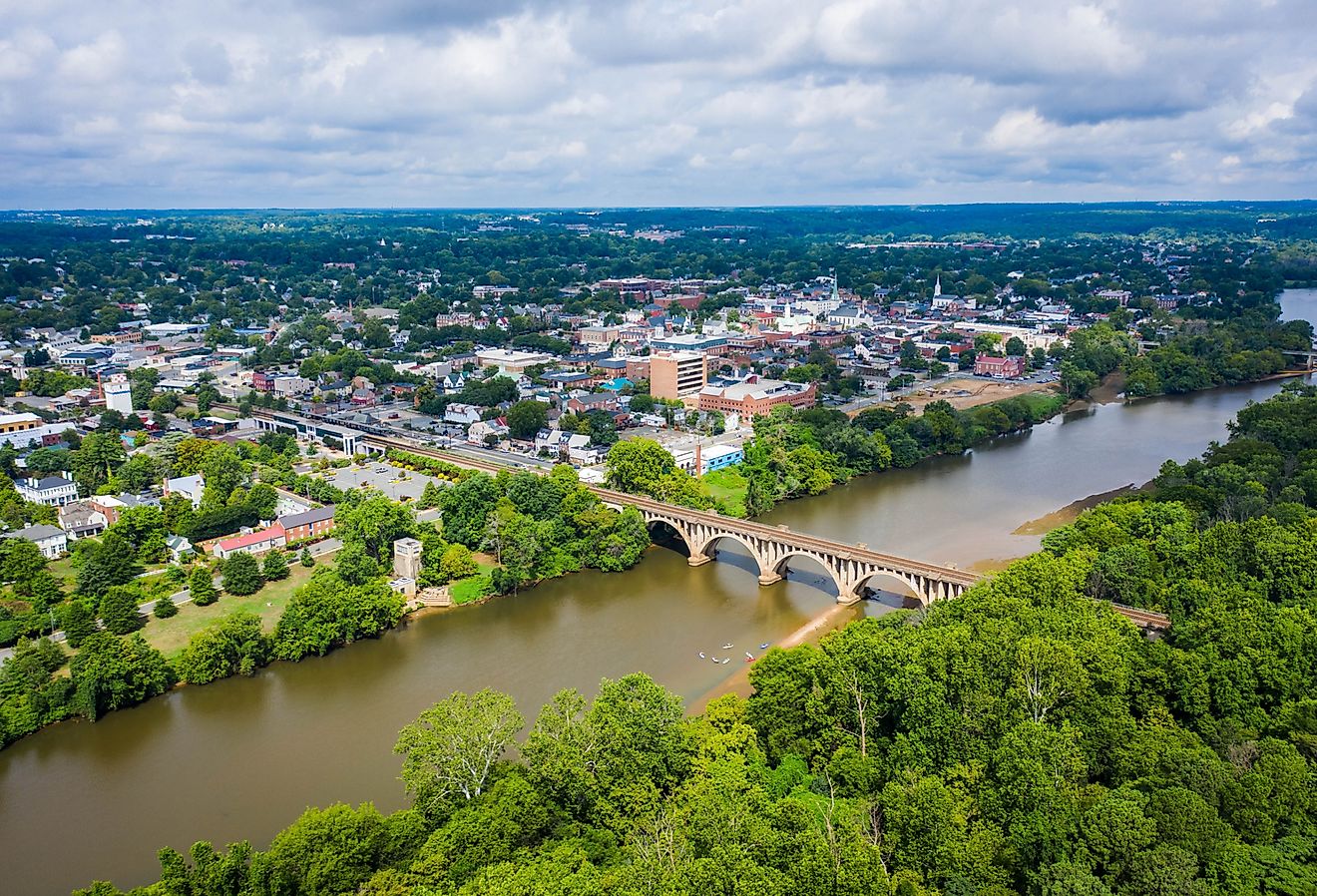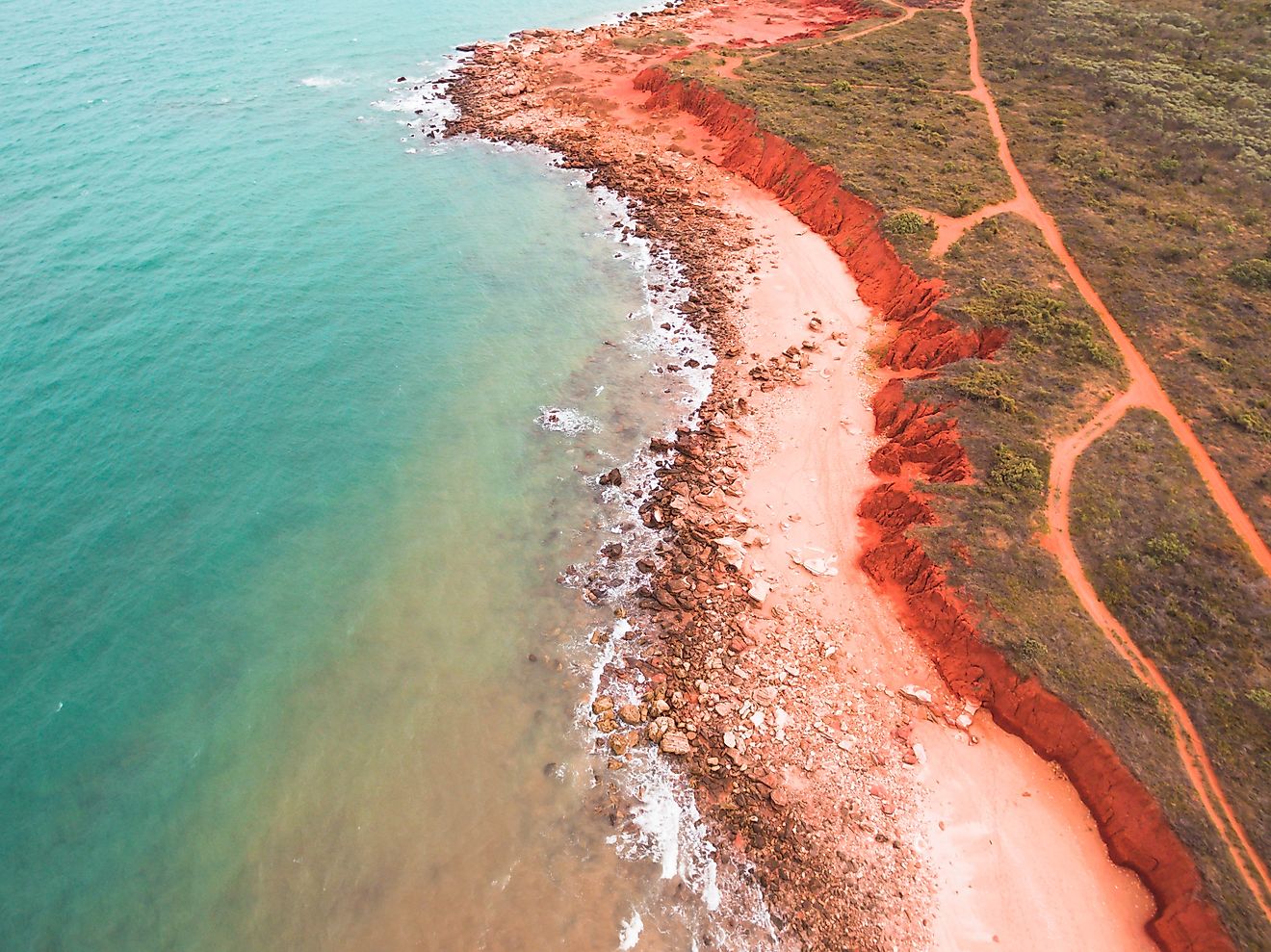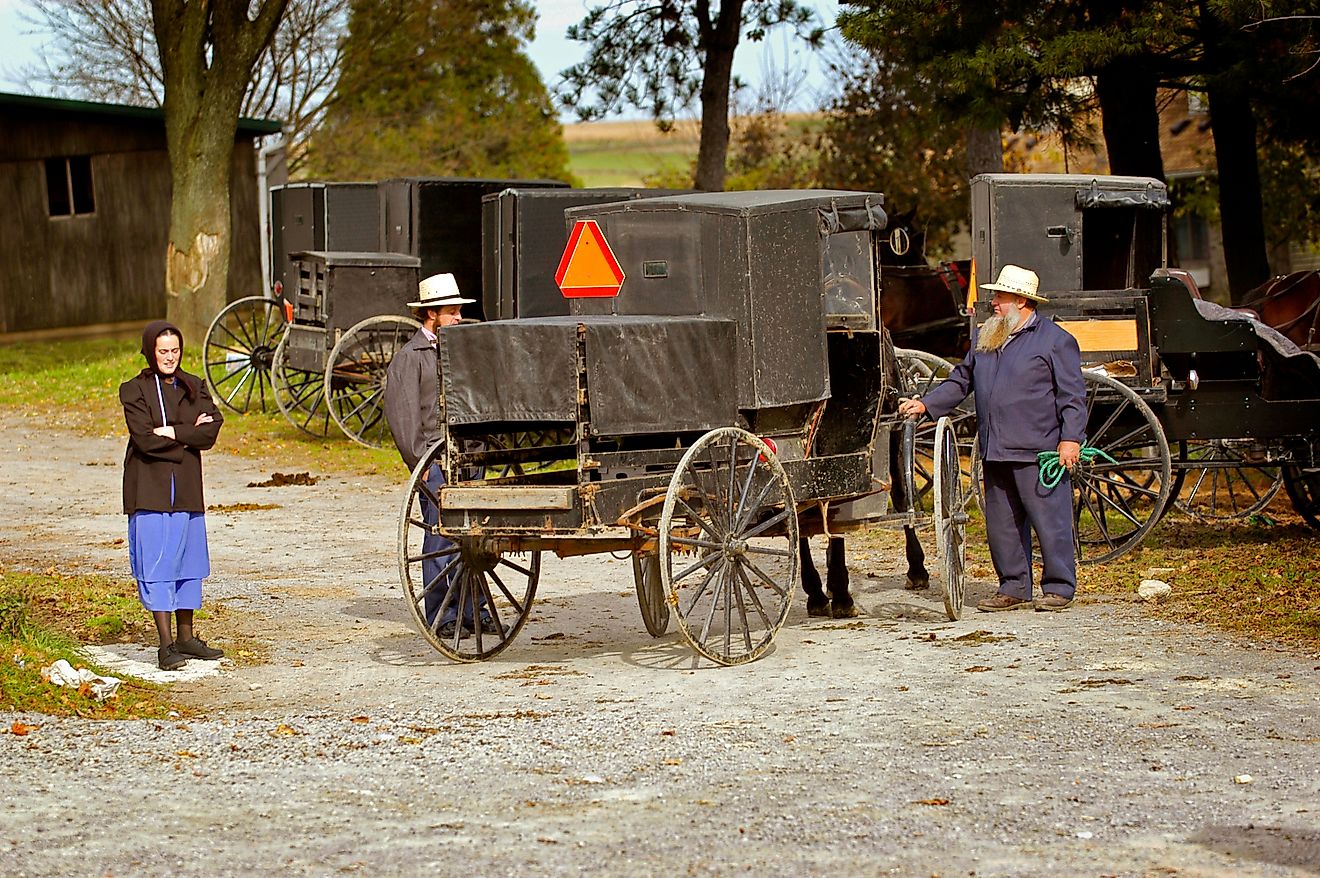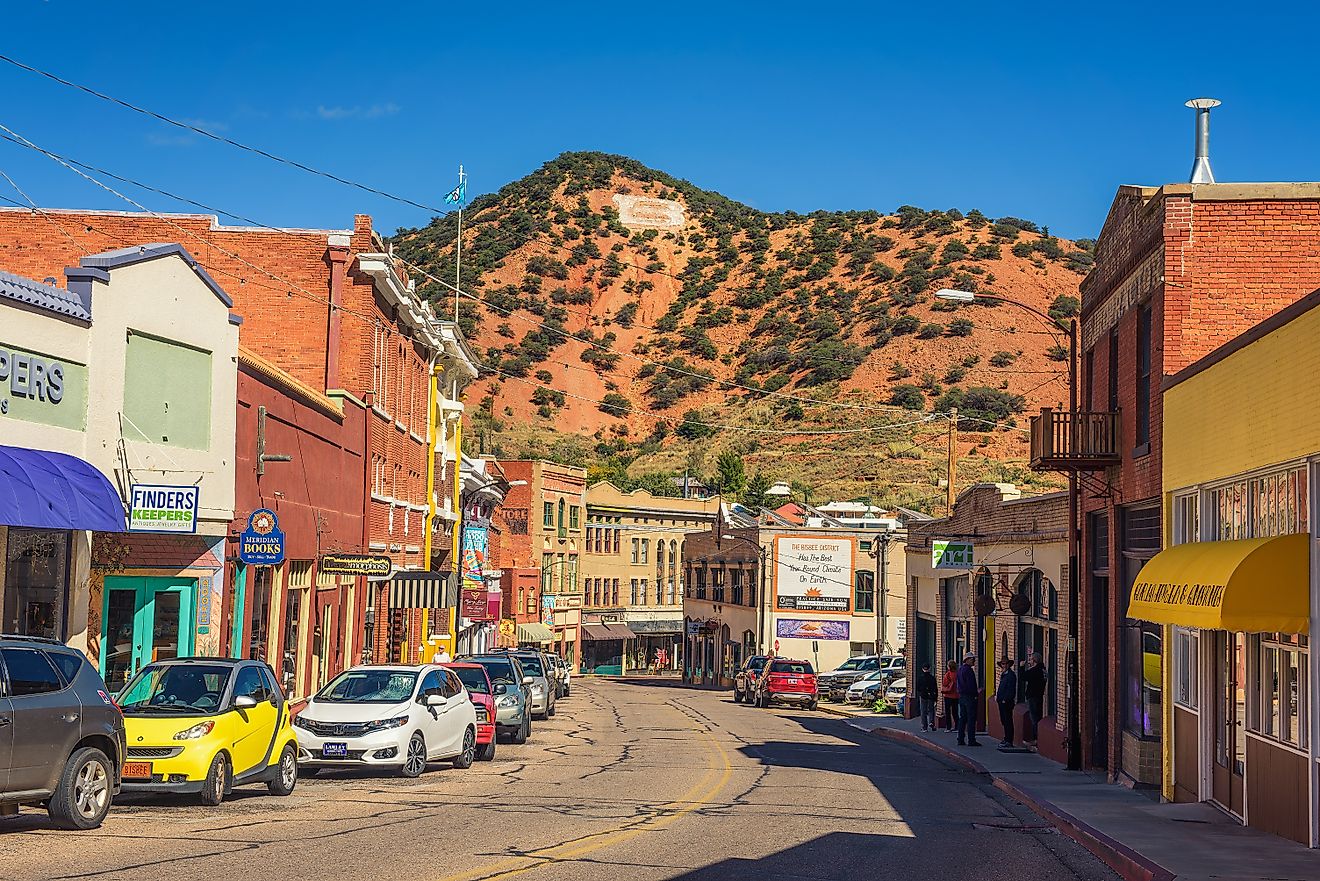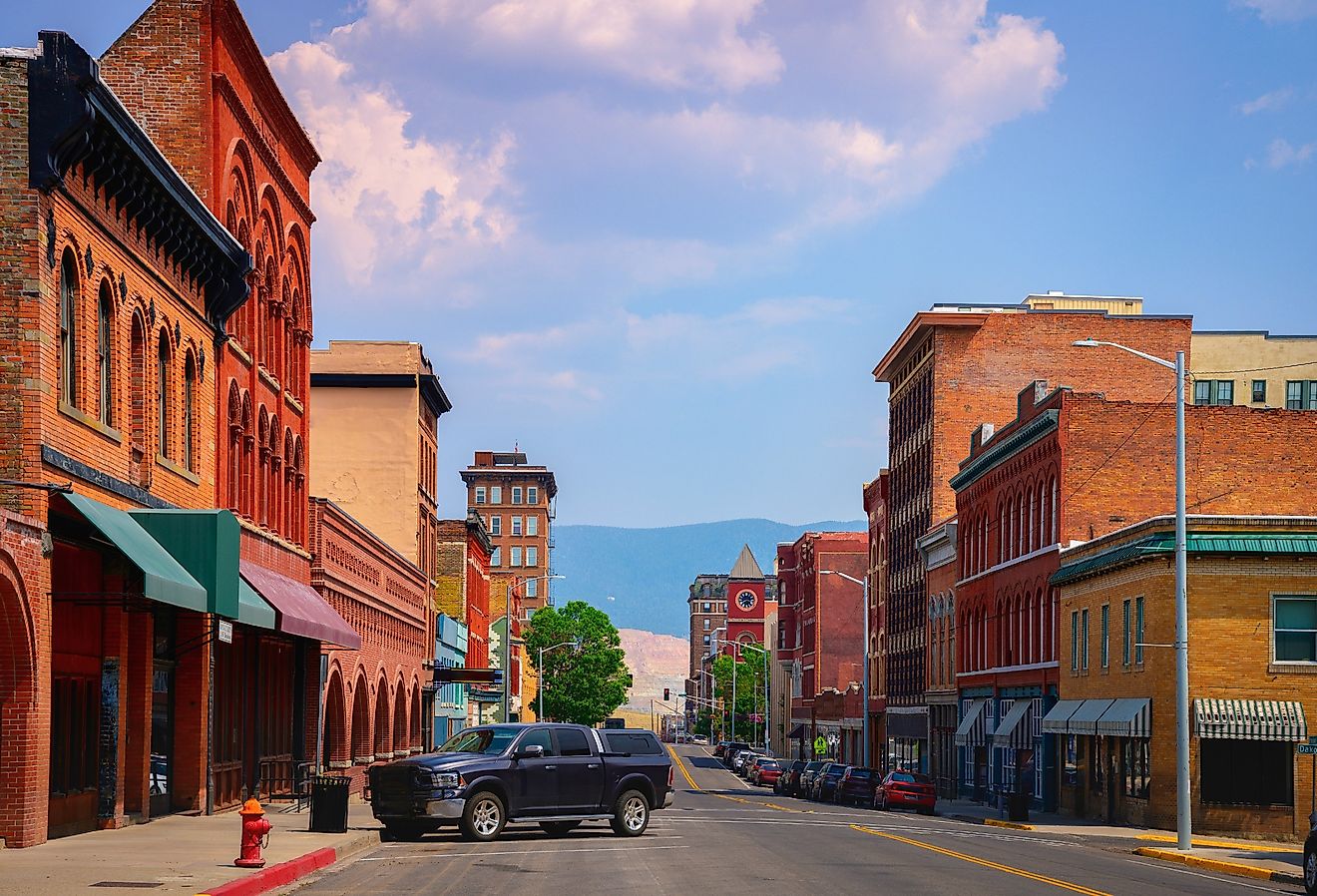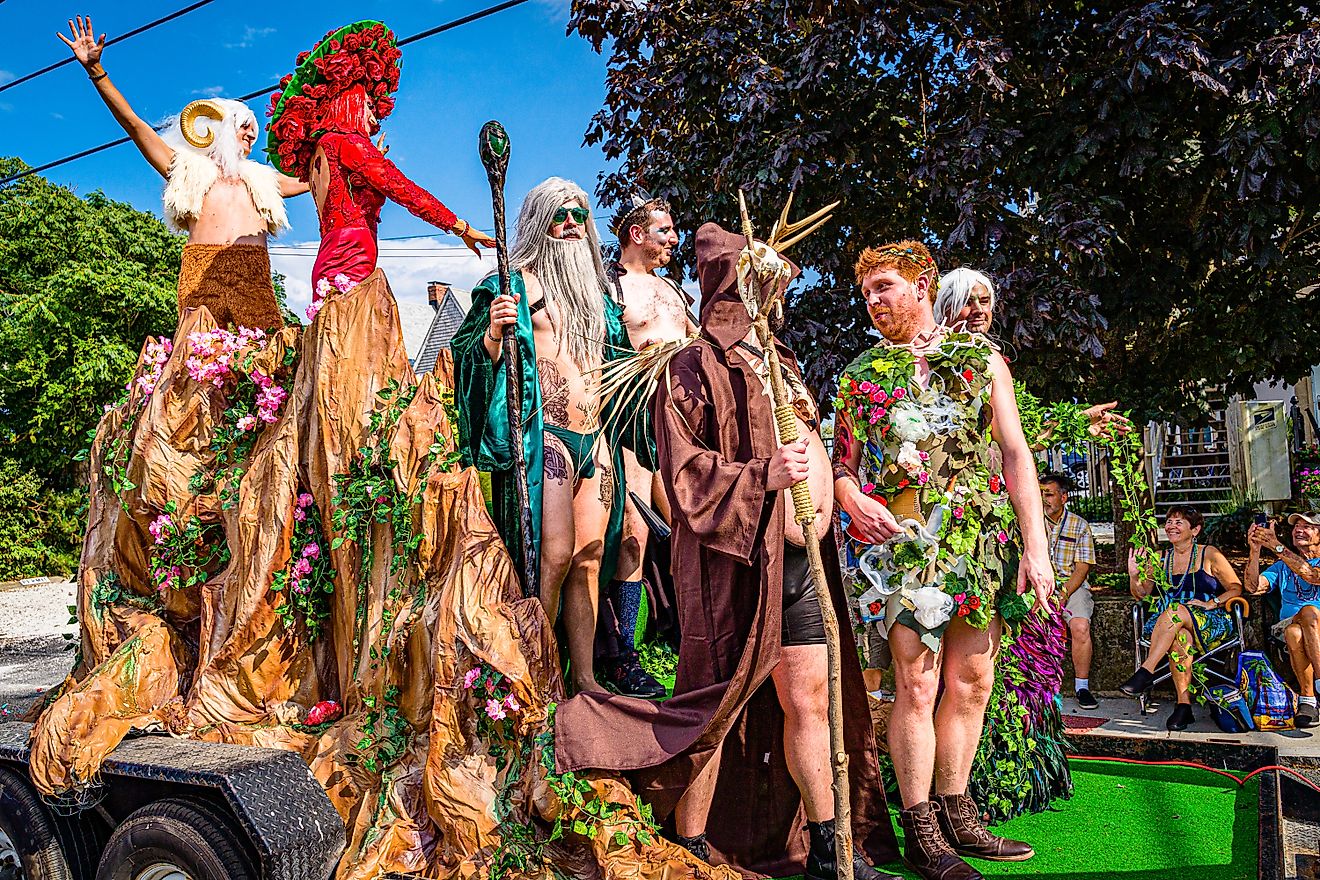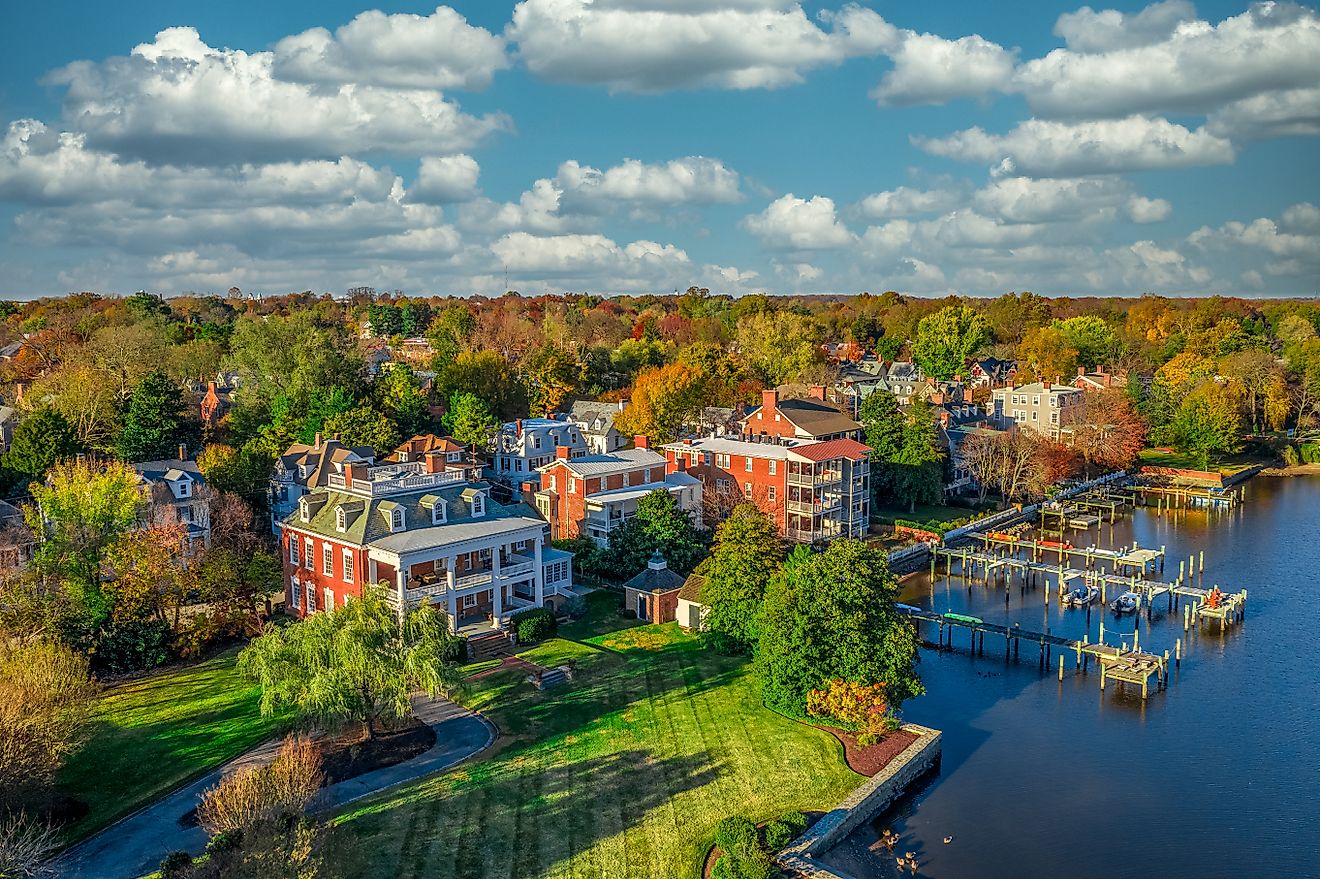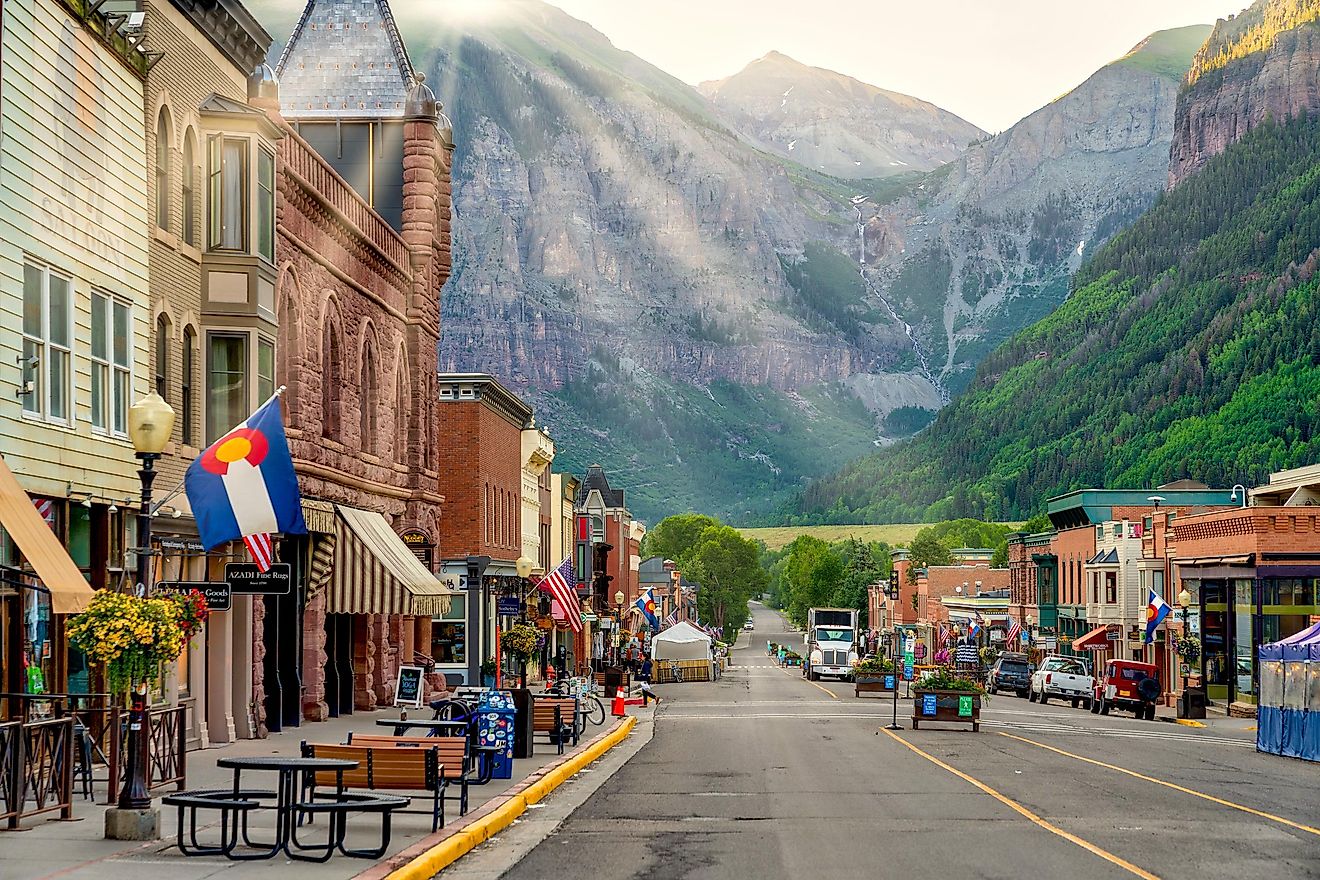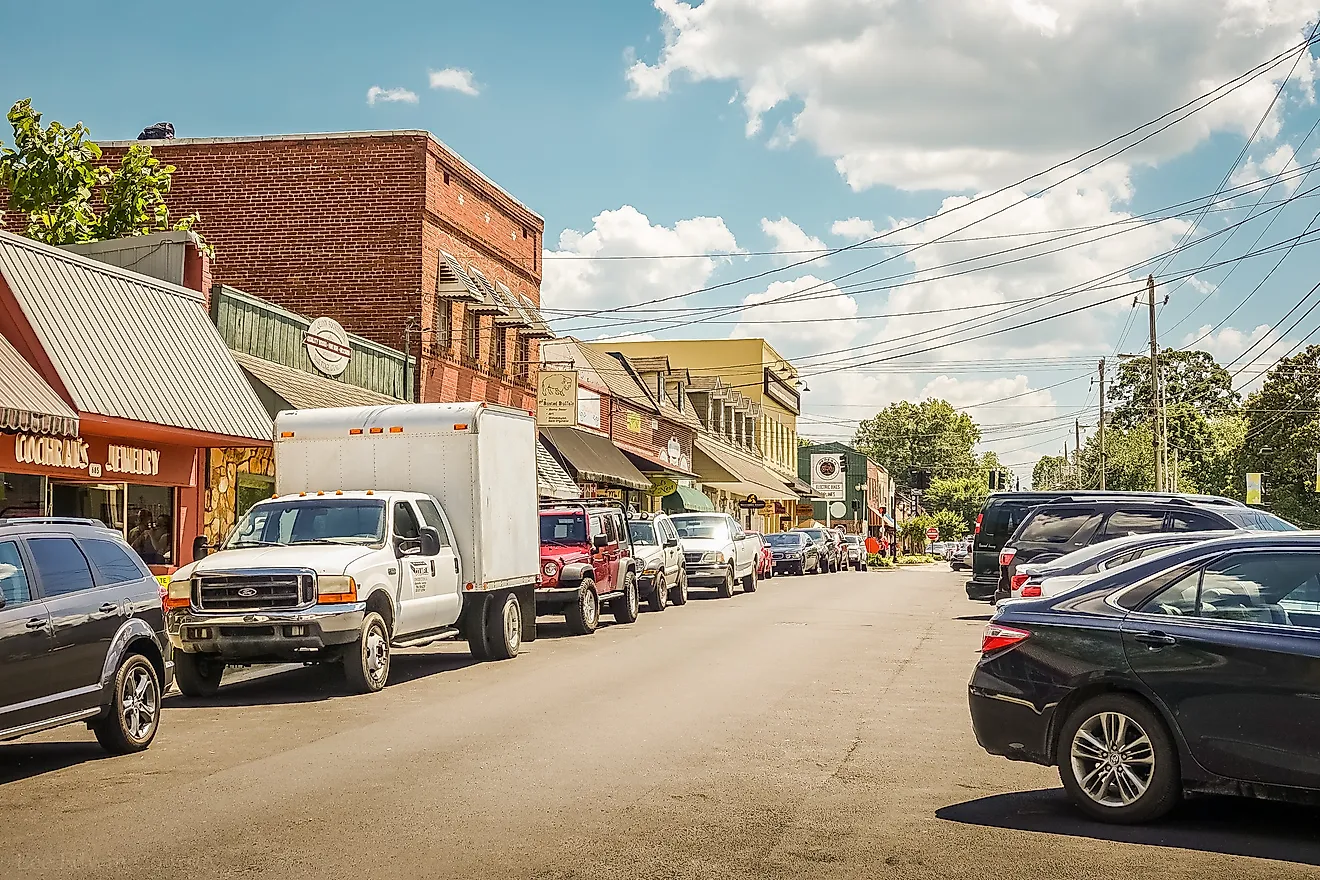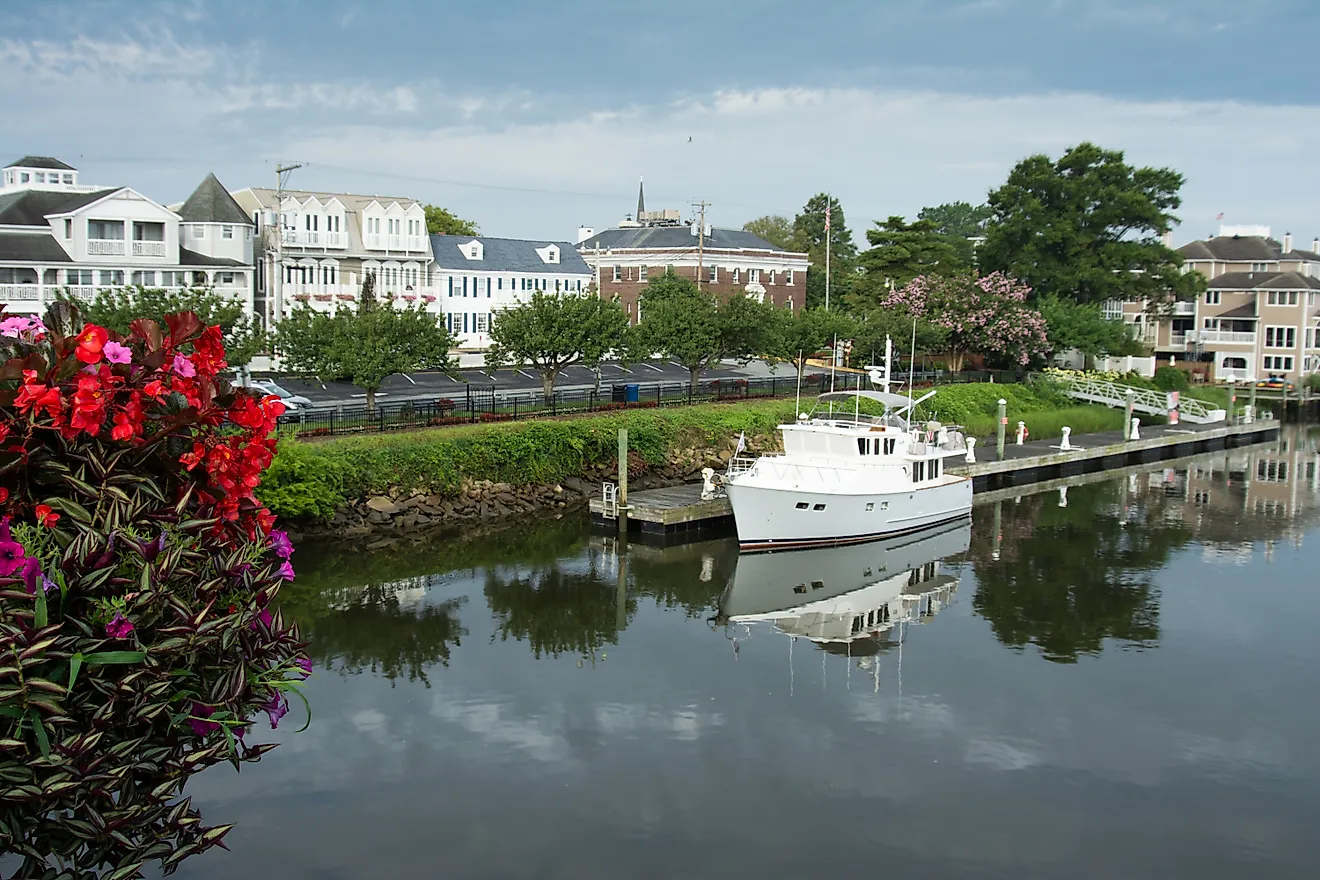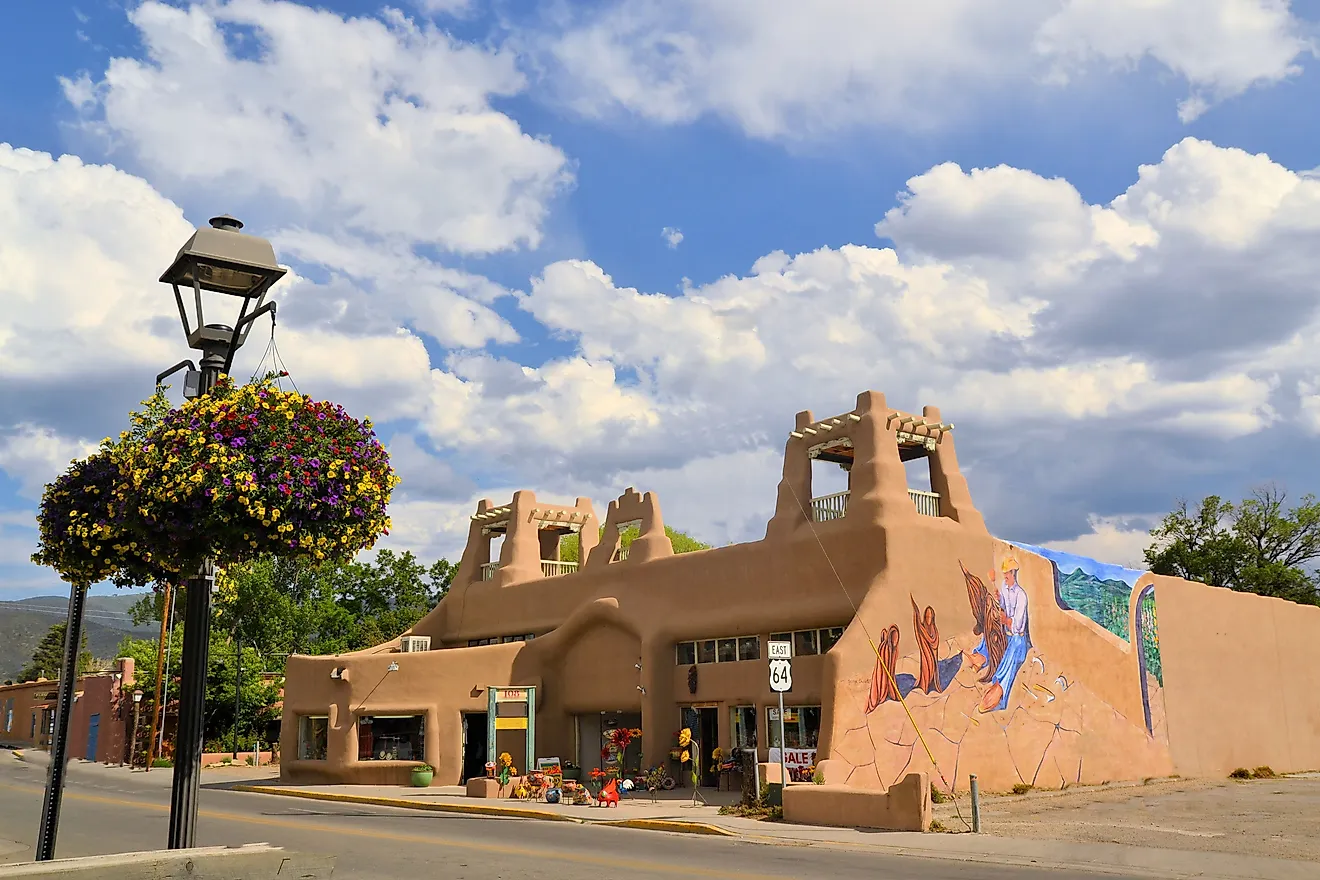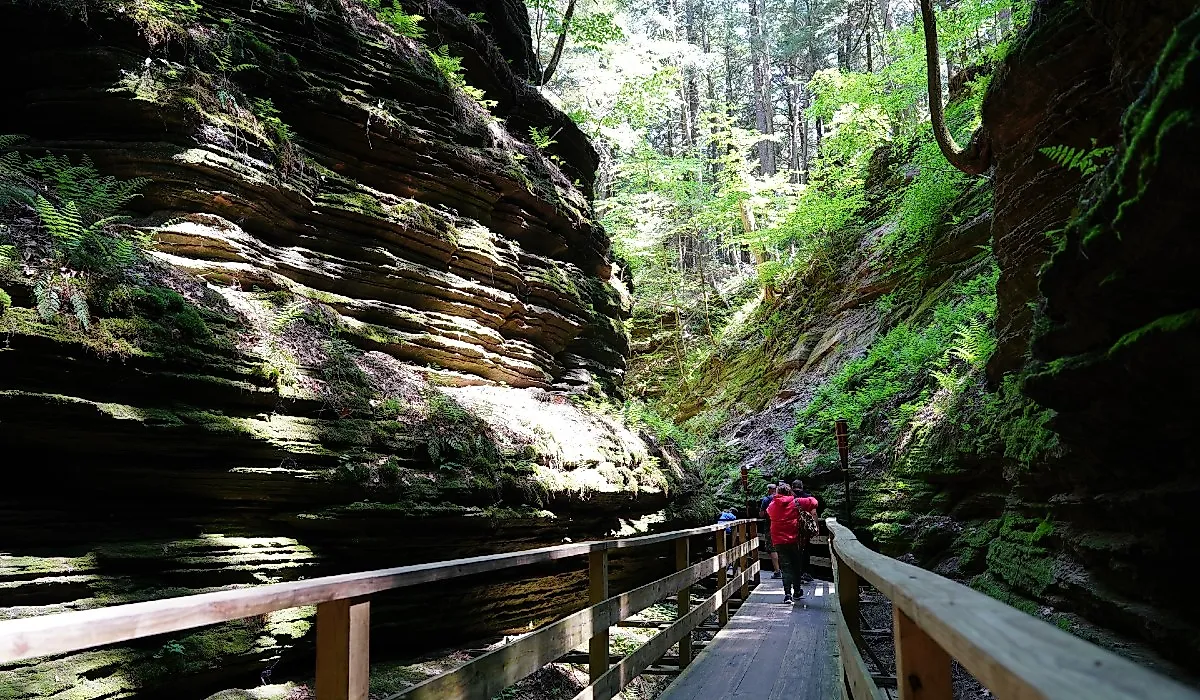
7 Best Natural Wonders To Visit In Wisconsin This Year
Wisconsin’s landscape was formed in large part by a long history of shifting glaciers, rivers, and ancient rock formations, leaving behind some of the Midwest’s most eye-catching natural wonders in their wake. From deep gorges and underground caves to vast wetlands and glacial forestlands, this state houses a plethora of destinations that highlight its dramatic geological past for all to see. With that in mind, the sites we will be discussing below consist of seven of the best natural wonders you can witness for yourself in the Badger State this year.
Apostle Islands Sea Caves
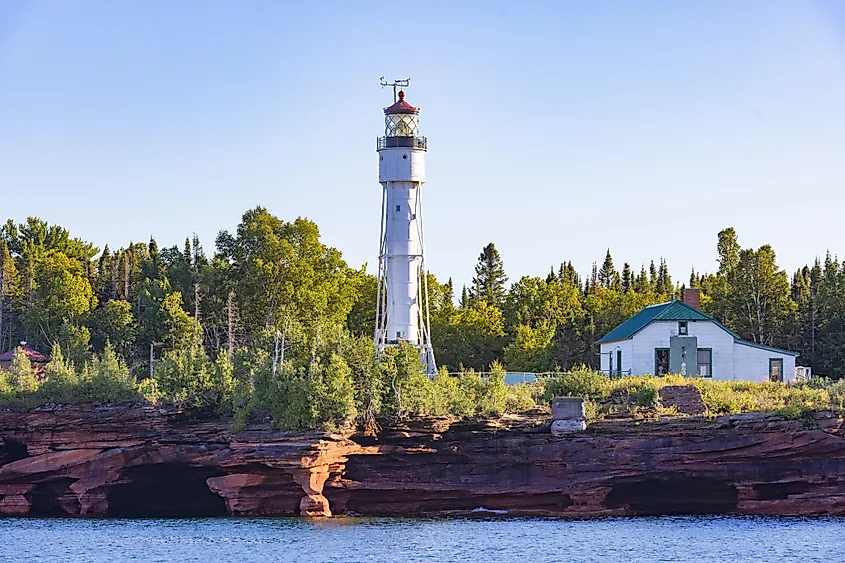
The Apostle Islands Sea Caves on Lake Superior stand out as easily one of Wisconsin’s most famous natural formations. Carved over thousands of years by wind, waves, and ice, these sandstone cliffs feature tunnels, arches, and chambers that extend for miles along the state's extensive Great Lakes.
In summer, you'll be able to explore the caves by kayak or smaller boats, gliding through narrow passages where sunlight filters across their layered rock walls. The experience changes quite a bit in winter, when the caves freeze into crystalline chambers adorned with icicles and frozen waterfalls, popular with ice climbers. Access during this frigid time of year depends on safe ice conditions, making it a rare but highly anticipated escape for those who love the cold.
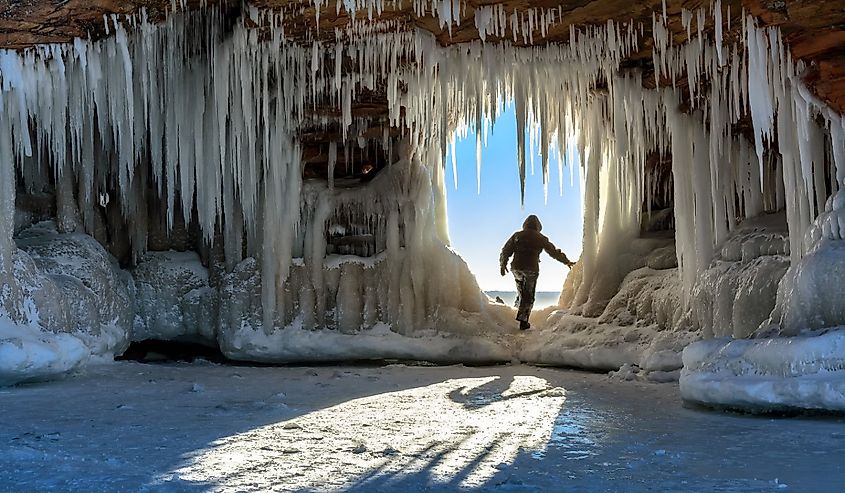
The caves are part of the greater Apostle Islands National Lakeshore, which also includes swathes of pristine forests, beaches, and historic lighthouses spread across 21 different islands. Whether approached in warm weather or during the depths of winter, a visit to the sea caves is an awesome way to experience Lake Superior’s many natural forces, providing one of the most incredible landscapes in the Upper Midwest.
Devil’s Lake
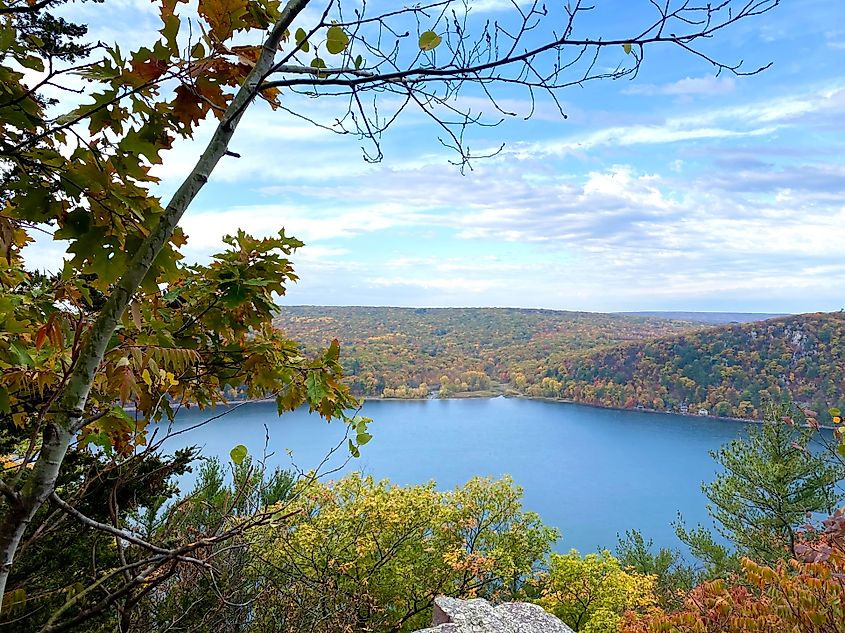
Though not as remote as the Apostle Islands, Devil’s Lake State Park is surely one of Wisconsin’s most visited natural destinations, best known for its quartzite bluffs rising 500 feet above a deep glacial lake. Formed during the last Ice Age, the lake also has no natural inlet or outlet, adding to its distinct ecology.
While here, you can follow a network of trails that lead to scenic overlooks, with the East Bluff and West Bluff trails offering some of the best views in the region. Along the way, unusual rock formations such as Balanced Rock and Devil’s Doorway highlight the park’s unique geology. Moreover, keep your eyes peeled and your camera ready in the surrounding woodlands, which support a diversity of wildlife, including eagles, herons, foxes, and more.
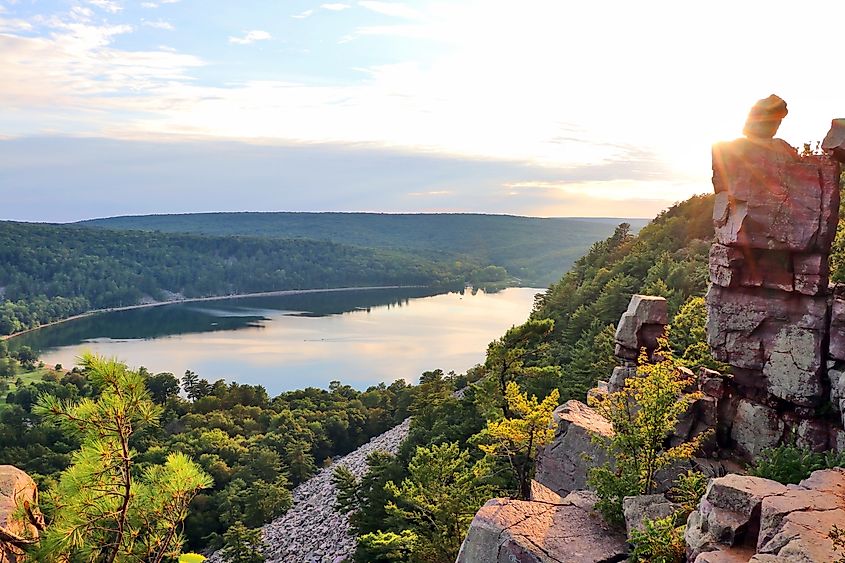
The lake itself is a hotspot for locals and visitors alike who want to go swimming, fishing, and paddling. But regardless of when you come, each season reshapes the park’s character, with spring's wildflowers, lush summer foliage, gorgeous fall colors, and snow-covered cliffs in winter, making it a true year-round destination.
Horicon Marsh
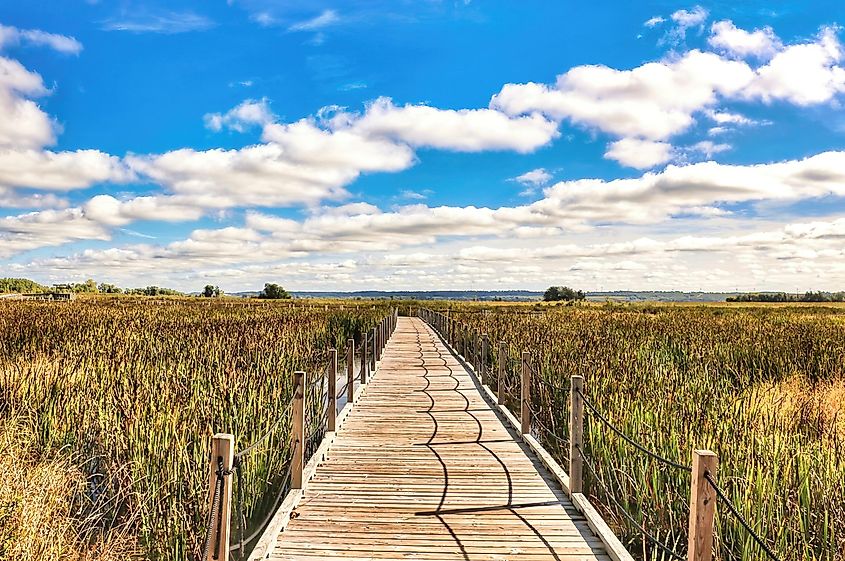
Horicon Marsh, located roughly halfway between Madison and Green Bay, is one of the largest freshwater cattail marshes in the United States. Spanning over 33,000 acres, it serves as a vital habitat for hundreds of bird species, particularly during migration seasons. In fact, this mammoth-sized marsh is a designated Ramsar Wetland of International Importance and attracts birdwatchers from across the country, with sandhill cranes, great egrets, and pelicans among its most notable visitors to spot. Beyond its abundant birdlife, muskrats, turtles, and other wetland species that thrive in its diverse ecosystems also call Horicon home.
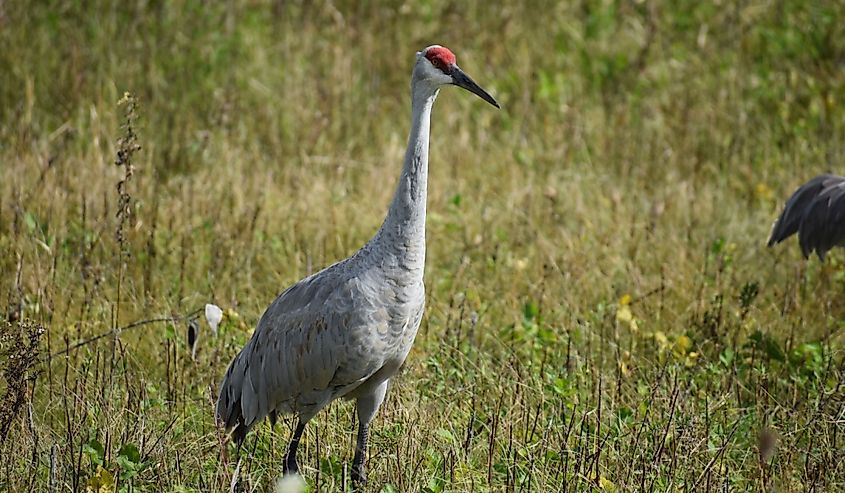
Feel free to stroll the area via its network of hiking trails, boardwalks, and canoe routes, each offering different perspectives on this expansive wetland. Furthermore, the Horicon Marsh Education and Visitor Center provides more in-depth background on the marsh’s ecological role and ongoing conservation efforts. Come during spring and fall to see the bulk of the mass bird migrations, while winter offers a quieter, snow-covered landscape where you can definitely find some peace from city life.
Kettle Moraine State Forest
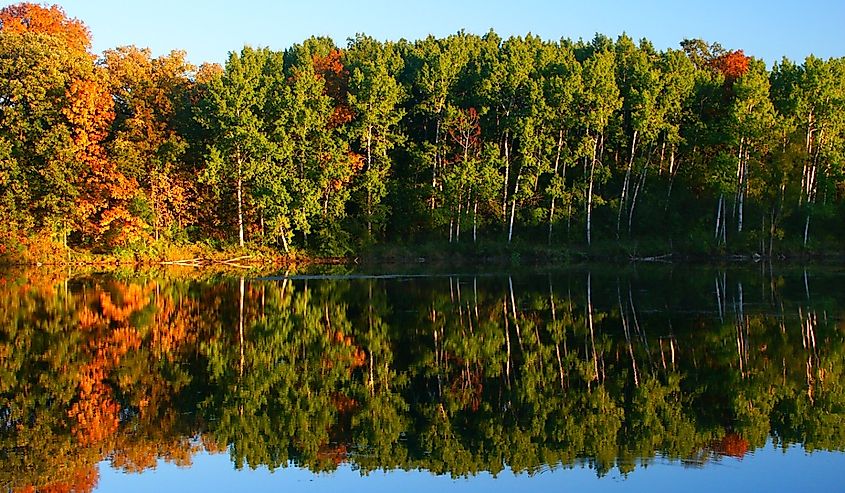
Kettle Moraine State Forest stretches nearly 50,000 acres just 45 minutes north of Milwaukee, preserving a land shaped by glacial activity over 10,000 years ago. Its defining features are the kettles, deep depressions formed by melting ice blocks, and the moraines, ridges of glacial debris that outline the terrain.
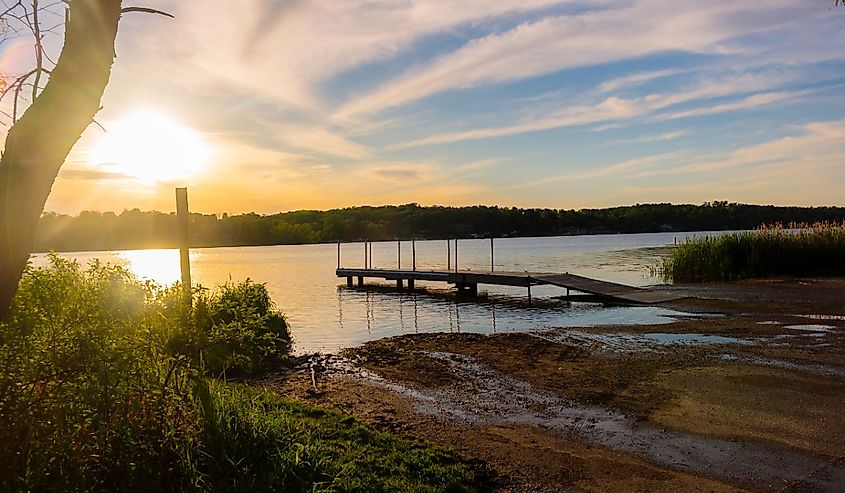
This state-protected forest contains two main units, Northern and Southern, each with extensive trail systems for hiking, biking, and cross-country skiing. Glacial lakes and streams are scattered throughout, too, offering quiet spots for fishing or paddling, while geologically significant landmarks, such as a portion of the Ice Age Scenic Trail, provide insight into Wisconsin’s Ice Age history. During your visit, you will also likely encounter an interesting mix of hardwood forests, prairies, and wetlands, creating diverse habitats for deer, foxes, and numerous bird species. Visit in the fall to see stunning foliage.
Cave of the Mounds
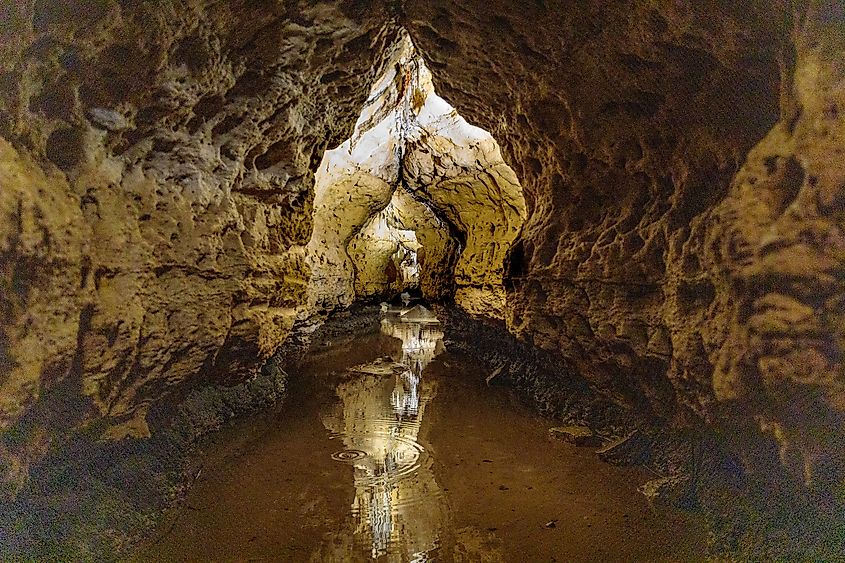
Cave of the Mounds is a limestone cave formed over thousands of years through the slow dissolution of dolomite rock by groundwater in southwestern Wisconsin. Visitors looking to explore its chambers may enter a cool, subterranean environment where large stalactites and stalagmites create intricate mineral formations within.
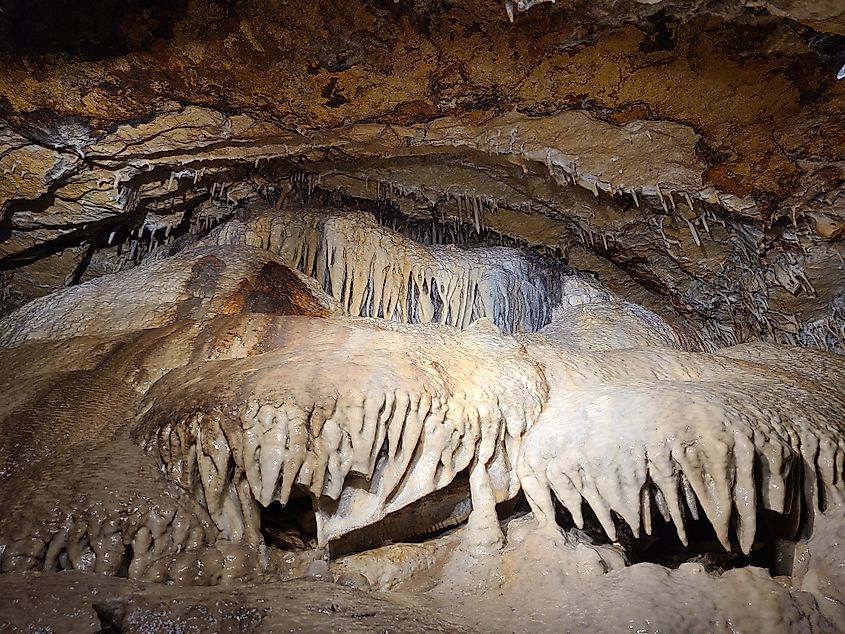
The cave extends close to 1,700 feet, with guided tours highlighting its other notable geological features, including soda straws, towering columns, and even some rare cave crystals. The site also offers surface trails that traverse surrounding woodland and prairie, providing views of the area’s other glacially shaped lands. Be sure to pick up some souvenirs, too, at the gift shop, which stocks tons of rocks, minerals, and related items created locally and from abroad.
Dells of the Wisconsin River
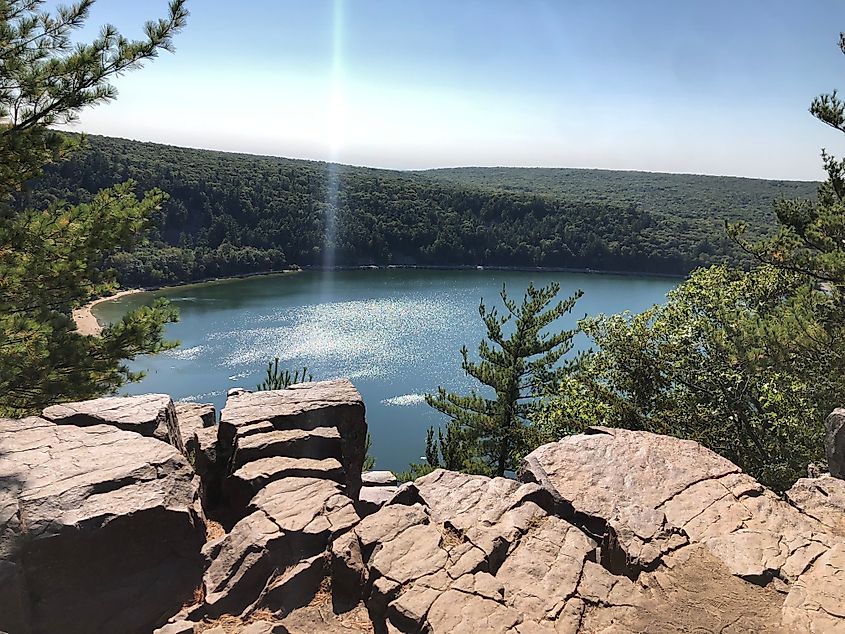
The Dells of the Wisconsin River are a series of impressive sandstone gorges and cliffs carved by none other than glacial meltwater and the river’s persistent flow. High cliffs, narrow canyons, and sculpted rock faces extend for five miles along the river, openly displaying layers of Cambrian sandstone shaped over hundreds of millions of years. The area also includes natural arches, potholes, and exposed ledges, each illustrating distinct erosion patterns.
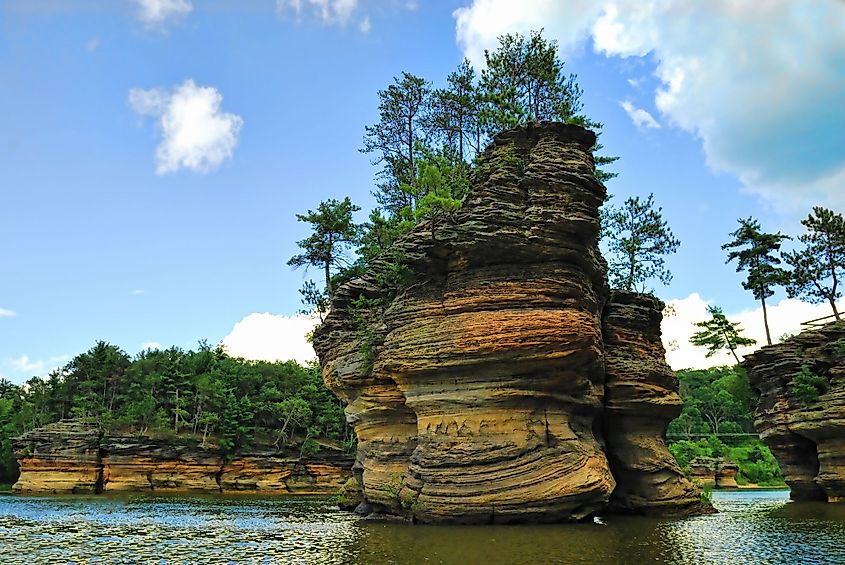
The Wisconsin River threads through these gorges, allowing exploration by boat or kayak, which gives you close-up, and often secluded, views of the intricate details of the dells. Surrounding the dells, forested bluffs and exposed rock terraces create a rugged landscape that contrasts sharply with the river’s calm stretches and provides lots of space for those who prefer to travel on foot. Interpretive trails and observation points within the Dells of the Wisconsin River State Natural Area better highlight other must-see features and offer insights into the region’s long-standing natural history.
Rib Mountain

Rib Mountain State Park, near Wausau in central Wisconsin, centers on one of America's oldest geological features: a quartzite ridge rising over 1,940 feet above sea level, also making it one of the highest points in Wisconsin. The ridge is the remnant of a Proterozoic mountain, making it about 1.8 billion years old and leaving a distinctive spine-like shape that gave it its name.
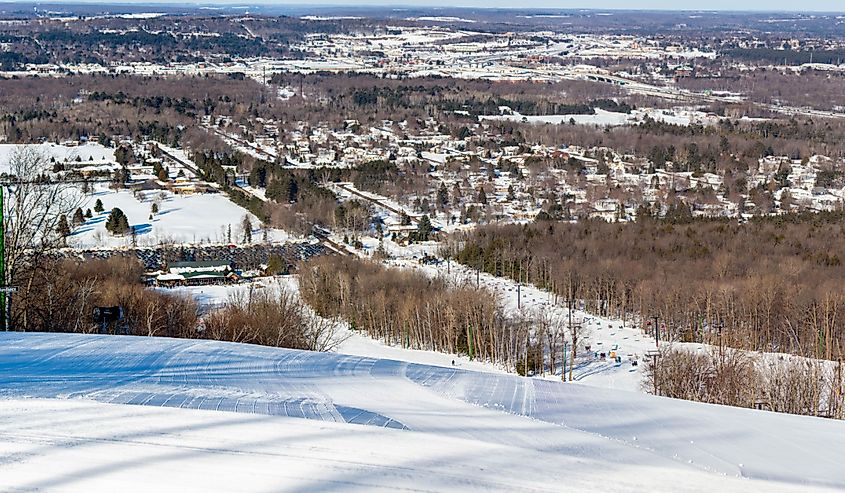
These days, the area boasts a network of trails that allow access to several advantageous overlooks, cliffs, and wooded slopes, allowing you to appreciate the various rock formations strewn throughout and the surrounding northern hardwood forest. A few streams and a collection of small local ponds within the park further support a diversity of plant and animal life, including deer, raptors, and native wildflowers. Rib Mountain also features large areas composed of exposed bedrock and boulder fields that are fun to walk/climb through, a real hotspot for boulderers in the Midwest. Rib Mountain, with its decent elevation, also houses the Granite Peak Ski Area, one of Wisconsin's oldest and best ski resorts, containing a base village, terrain parks, and runs that cater to all skill levels, rewarding winter visitors.
Experience these Wonders of Wisconsin Today
These natural wonders in Wisconsin perfectly showcase its remarkable geological variety. Each site, whether shaped by glaciers, rivers, or slow-moving underground forces, offers insight into the landscapes that define this iconic Midwestern state. These destinations reward travelers year-round, whether you're skiing the slopes at Rib Mountain State Park in the winter or spotting migrating birds in the spring and fall at Horicon Marsh. Exploring them for yourself provides more than just pretty sights; it will also teach you a thing or two about the natural history of this often overlooked corner of the country.
